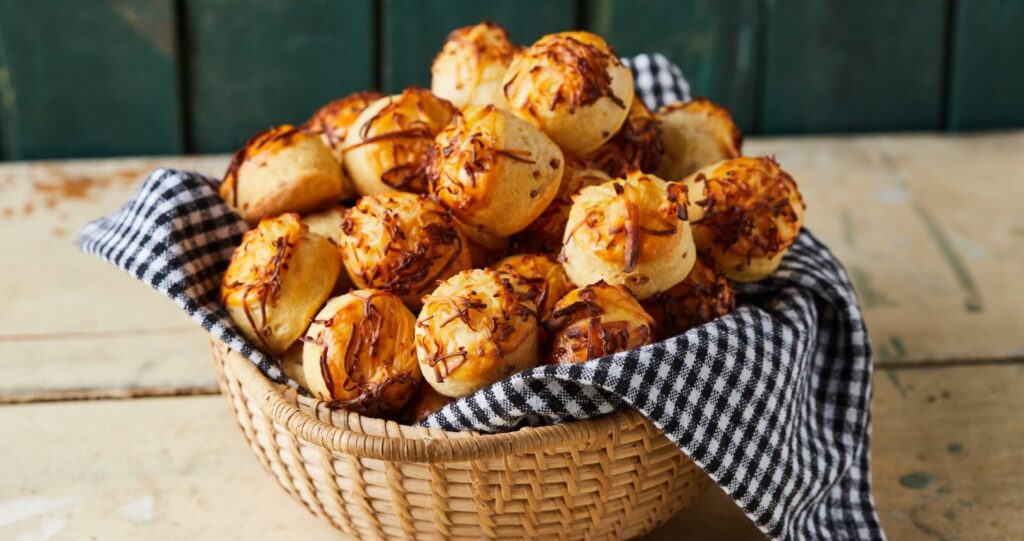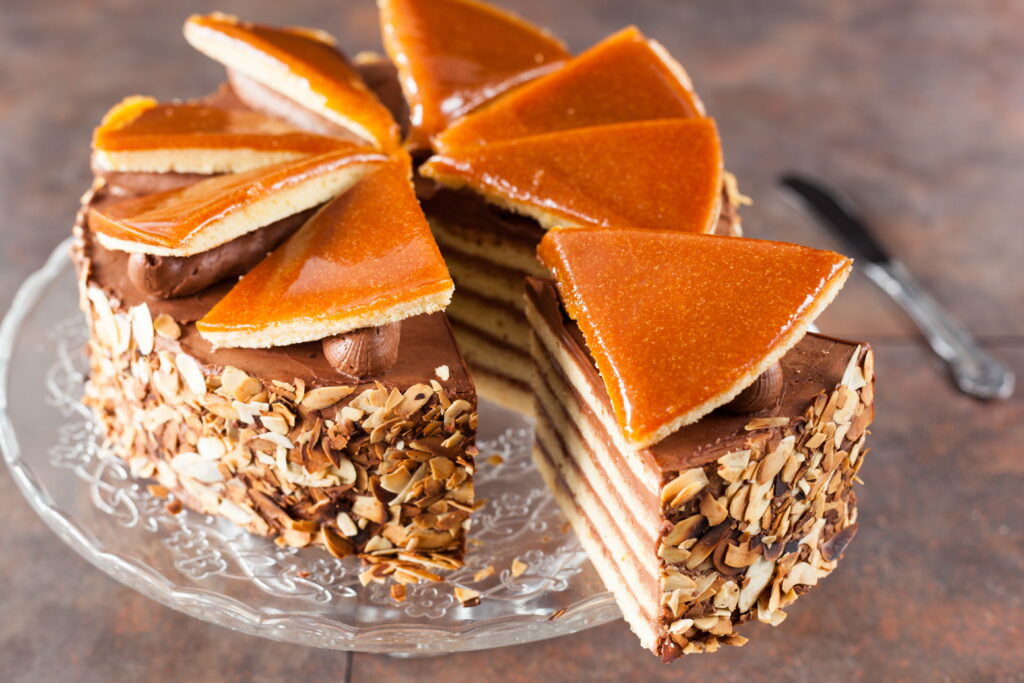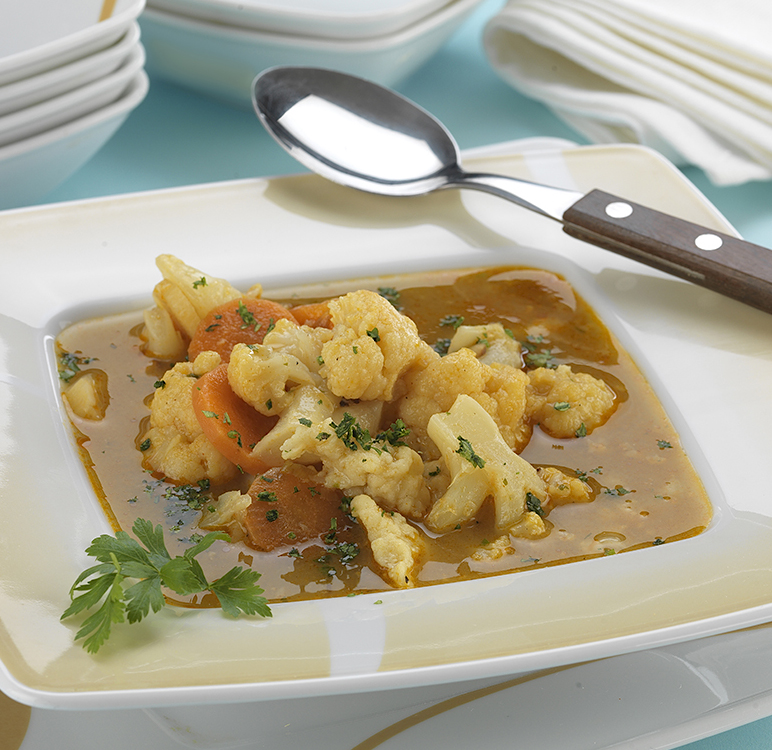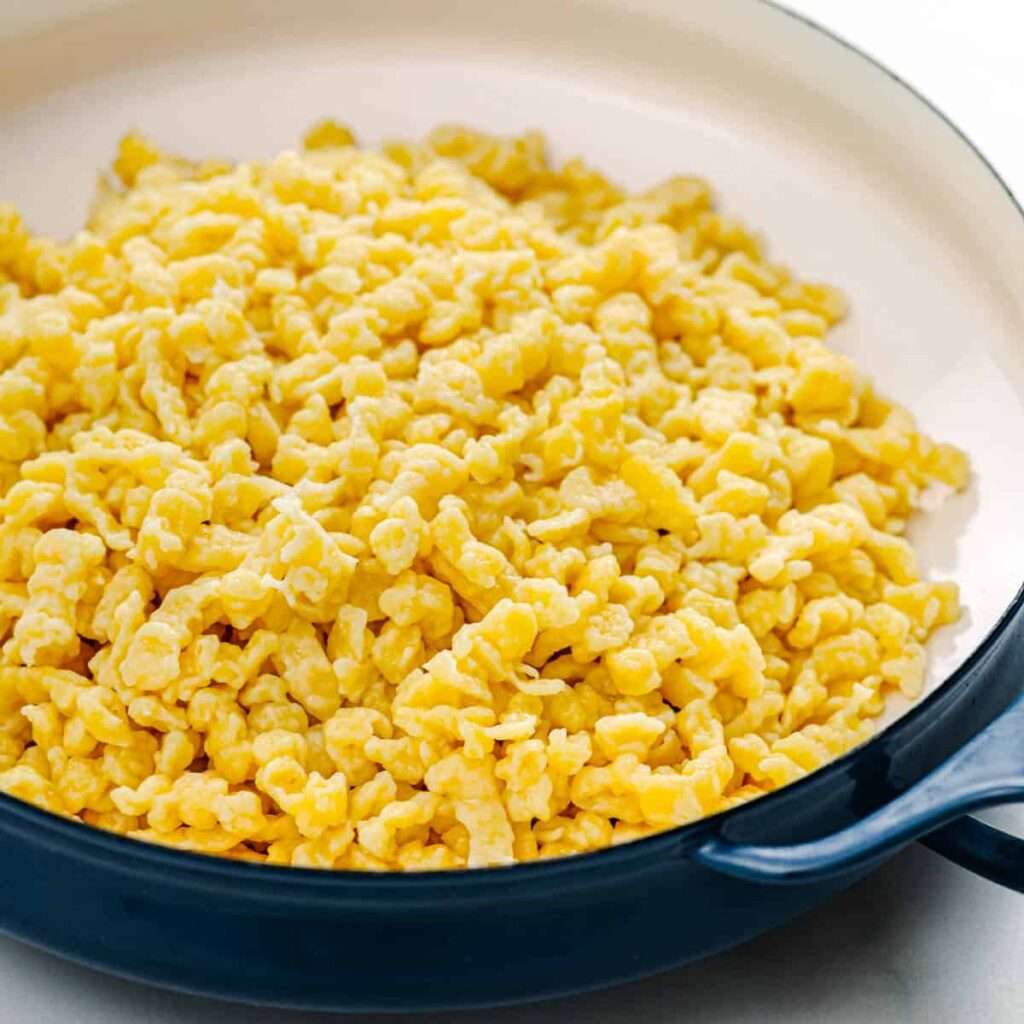Ingredients:
- 10 kg (22 lbs) sausage meat : 70% meat + 30% fat
- 200 g (7 oz) salt (untreated, iodine-free)
- 200 g (7 oz) Hungarian Sweet paprika
- 100 g (3.5 oz) Hungarian Hot Paprika
- 20 g (3/4 oz) caraway seeds, ground
- 70 g (2 1/2 oz) garlic, minced
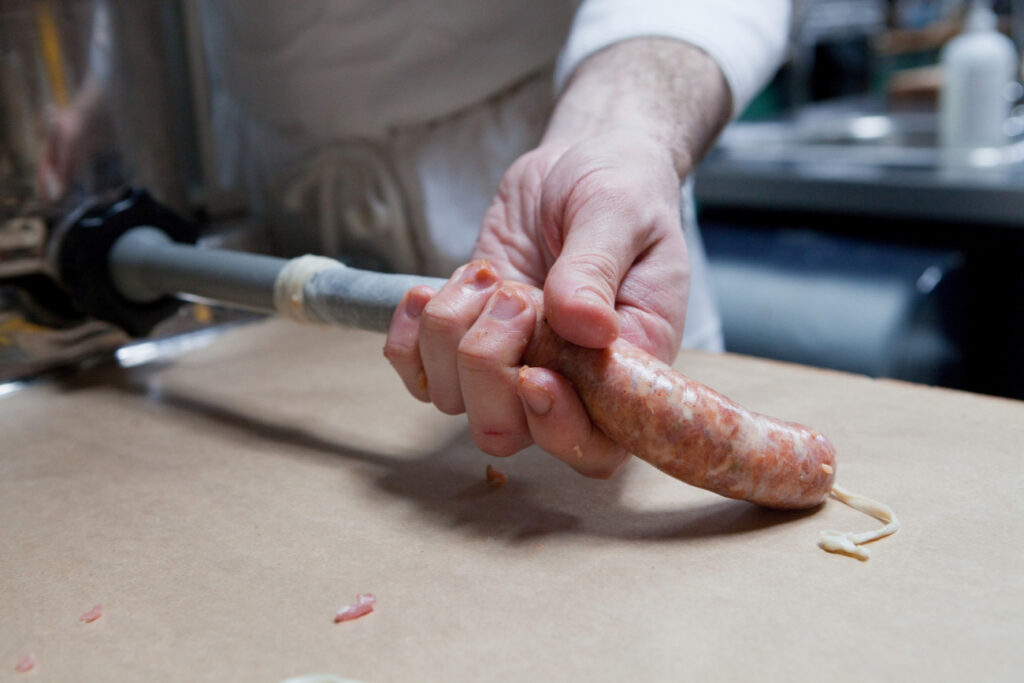
The Hungarian cuisine produces a vast number of types of sausages, each region has their own recipes and tastes, the knowhow of sausage making is passed on to sons from their fathers. So, let me share with you how we make it here on the Great Hungarian Plain.
The first and most important factor is the meat, which is basically pork, but it may be mixed with beef or deer sometimes. Nearly every part of a pig can be suitable for making sausage, however fatty meats (e.g. shoulder) enjoy advantages in this case. Good sausage can’t be made from only lean pork, therefore it has to be complemented with fat from the belly or the jowl of a pig. Sausage meat ideally consists of 70% meat and 30% fat, but this proportion may be changed to 65%-35% or even to 60%-40%.
- The meat has to be fresh, and must not be washed or soaked in water because sausage can easily get spoiled. It’s recommended to wipe blood with a dry cloth, and cut out parts that are too bloody. Meat can be finely chopped or ground. If you decide to grind it, meat has to be chilled since the colder the pork is, the less it’s shattered. Sinews, cartilage and membrane that would worsen the sausage’s quality have to be removed. Meat can be finely or coarsely ground, it’s up to you which plate you use while putting the meat through the grinder.
- The next step after grinding is seasoning.The majority agrees that sausages that don’t contain paprika can’t be called kolbász, they are just salami. In my family we season the meat with four ingredients: Hungarian paprika, salt, ground caraway seeds and garlic. In addition ground black or white pepper and sugar (it makes the cut end shiny) can be added, too. When the meat is seasoned and thoroughly mixed, leave it to rest for about 1-2 hours in order to let the flavours merge a bit.
- Stuffing:Sausage is stuffed either into natural – usually using the small intestine of the pig – or artificial casings. Both natural and artificial casings have to be soaked in lukewarm water prior to stuffing to make them more elastic and prevent them from breaking and tearing. If you use small intestines, knot one end; in case of large intestines and artificial casings tie up one end with string.
- To prepare the meat grinder for stuffing, remove the plate and cutting knife and affix a stuffing tube. Slip the other end of the casing onto the nozzle and push up onto the tube until you have reached the knot. Hold the casing loosely at the end of the stuffing tube and let the sausage feed into the casing as you turn the crank. One of the most important rules of sausage making is to stuff the casings airtight and hard enough not to let them burst. Tie the end of each link.
At this point you have to decide if you want to eat the sausage fresh and unsmoked or like a cold cut, dried and smoked. If you choose to eat it fresh, store the sausages in a cool place or in the fridge. Turn them upside down once a day and leave them to rest for 4-5 days. During this time the meat fully combines with the paprika, and sausages can be frozen without turning white.
If you want to smoke the sausages, after stuffing hang them onto (wooden) rods and leave them to dry at least overnight in a cool, but frost-free place. The lenght of smoking depends on the smoking method and the type of smoker. To be able to store sausages for the longest possible time, cold smoking is the recommended technique instead of hot smoking. Sausages have to be smoked until color turns to a nice red. For smoking use only hardwood like oak, beech, acacia in the form of firewood, wood wool and sawdust. Woods having a special smell, for example pine, are unsuitable for smoking because sausages take over the scent of the wood and the resin makes them bitter.
Adopted from: zserbo.com


